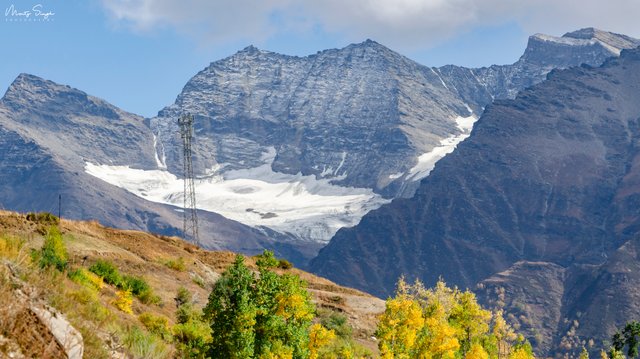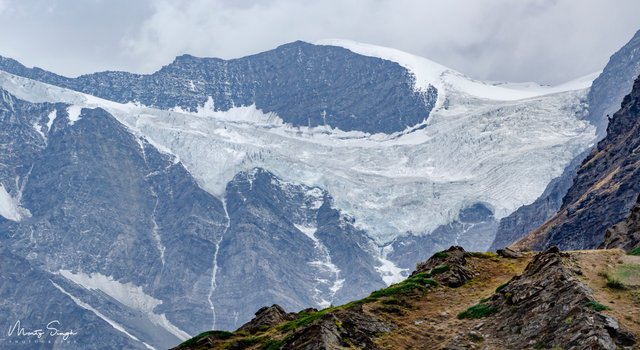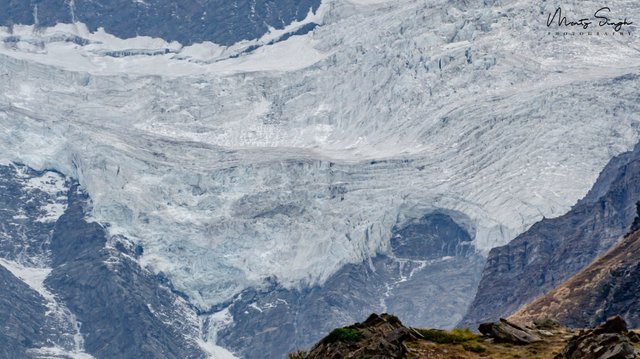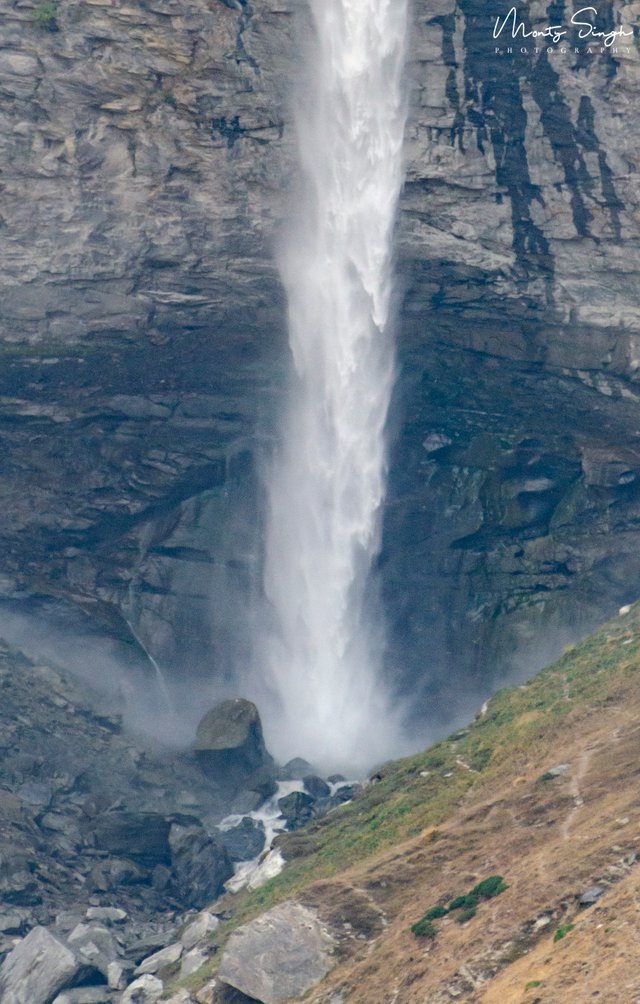Mountain Glaciers Melting Twice as Fast Due to Climate Change
Melting of Himalayan glaciers has doubled since the start of the 21st century due to rising temperatures, losing over a vertical foot and half of ice each year and potentially threatening water supply for hundreds of millions of people in countries, including India, according to a study published in 2019. The analysis, spanning 40 years of satellite observations across India, China, Nepal and Bhutan, indicates that climate change is eating the Himalayan glaciers.

The study, published in the journal Science Advances in June 2019, shows that glaciers have been losing the equivalent of more than a vertical foot and half of ice each year since 2000 — double the amount of melting that took place from 1975 to 2000.The data indicates that the melting is consistent in time and space, and that rising temperatures are to blame. Temperatures vary from place to place, but from 2000 to 2016 they have averaged one degree Celsius higher than those from 1975 to 2000


The Himalayas are generally not melting as fast as the Alps, but the general progression is similar. The study did not include the huge adjoining ranges of high-mountain Asia such as the Pamir, Hindu Kush or Tian Shan, but other studies suggest similar melting is underway there as well. Roughly 800 million people depend in part on seasonal runoff from Himalayan glaciers for irrigation, hydropower and drinking water. The accelerated melting appears so far to be swelling runoff during warm seasons, but scientists project that this will taper off within decades as the glaciers lose mass.
"In the long term, this will lead to changes in the timing and magnitude of streamflow in a heavily populated region,"
